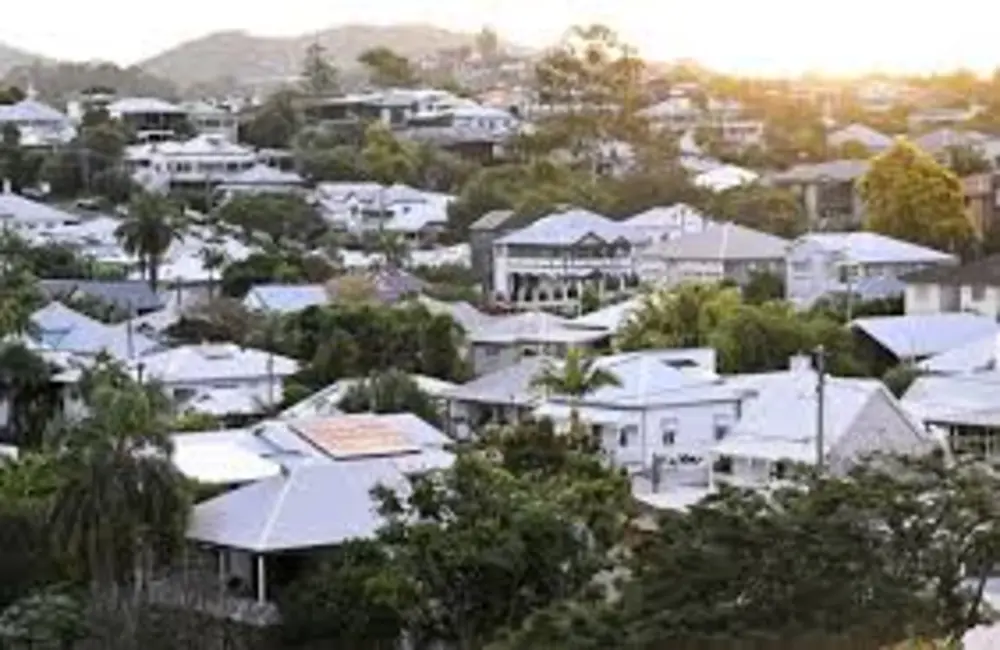More data that the number of distressed home sales are on the uptick.
With the average size of home loan about $767,000 in New South Wales, and about $637,000 in Victoria, higher interest rates are also expected to sting in some households and cause those on the margin to default on their loans. New stats about foreclosure and short sale homes selling.
According to Australian Bureau of Statistics data, across the country the size of the typical home loan was $609,789 in June 2022, up from $571,995 12 months earlier – an increase of 6.6 per cent. The chart below demonstrates an abrupt surge in the price of loans from 2019 levels, with the value of mortgages in New South Wales alone having risen by 42 per cent over three years to reach current levels.
“We have a pattern firmly established now across all the capital cities of listings rising because of weaker buyer demand which is a manifestation of the national housing downturn,” says Christopher.
“I think we will see other increases in distressed sales activity. Currently, we record approximately 6,000 "distressed" properties selling. It wouldn’t surprise me to see that figure climb closer to 8000 listings by year’s end based on the very high probability of more rate hikes,” he says.
On a national level, there are 6,257 dwelling sales occurring under distressed conditions as at 26 July 2022, based on SQM Research data. The increase in distressed selling activity was led by Queensland (6.4 per cent higher) and NSW (5.8 per cent higher) and compares to 6014 distressed listings on 28 June 2020 and 5538 listings on 5 April.
CommSec chief economist Craig James says the housing market has turned quickly after years of slashing interest rates, with a slowing market evident after every up-tick in official interest rates, with property prices falling. He says that trend will continue in coming months as rates climb. The Commonwealth Bank, the country’s largest home loan lender, has forecast the cash rate to lift by a further 50 basis points in September, and another 25 basis points in November, which would push the cash rate to 2.60 per cent by the end of the year.
“Prices in Sydney have cooled by the most in 40 years since interest rates began rising. We will soon begin to see outright falls in home prices outside of our three largest cities over the coming months,” James says.
Home prices could fall as much as 15 per cent over the next 18 months across the country, according to PropTrack’s annual Property Market Outlook; the research house is predicting prices will drop between 2 per cent and 5 per cent by the end of this year before next year’s 7 per cent to 10 per cent slide.
“The recent price run-up and reduced borrowing capacity as rates begin to rise means that price declines are likely to expand (to) and will then accelerate through to 2023 — with the most expensive cities to record the biggest falls,” said Cameron Kusher, executive manager of economic research at PropTrack.
Savings pad may not be adequate
Household-saving at record levels
Household saving at record levels according to Reserve Bank of Australia - RBA, which could ease the impact on home borrowers of higher mortgage payments. Households have added around $260 billion to savings since the pandemic started.
But, Bullock acknowledged, heavily indebted households appear to be far more vulnerable to any financial stress from the higher rates. “Recent borrowers are, in general, more exposed than previous cohorts because they have a higher propensity to have borrowed at high debt to income ratios, have been assessed for serviceability at lower interest rates (albeit on a larger rate rise) and have not had as much time to accumulate equity and liquidity buffers,” Bullock said.
“We have more sellers than buyers and that is creating prices that are turning over,” said Shane Oliver, chief economist at AMP Investments, who believes the issue is broader, and higher interest rates will result in a whole lot more distressed real estate coming onto the market as some borrowers fail to pay off their loans on homes that have fallen in value.
“Over a third of all households with a mortgage – fixed rate or variable – will experience an increase of damage greater than 40 per cent of the initial loss (and much more for fixed rate). It’s about 1.3 million households, give or take. That, as real wages fall, would have a major impact on the rate of spend in the economy and could lead to a sharp increase in forced property sales,” Oliver says.
“Another way of looking at this a new customer with an average $600,000 mortgage will have experienced about a $600 increase in their monthly repayments since April once today's hike is passed through. That’s approximately an additional $7000 per year.) Raising out the cash rate to 3.1 percent would mean an extra $12,300 in mortgage repayments since April. This is a massive blow to the family budget and the purchasing power.”
It is also the case that the house price (and therefore household debt) boom of the last 30 years has been made possible by falling interest rates, Oliver also notes. An increase in the cash rate to 3 per cent or higher would lift underlying mortgage repayments to record high levels in relation to household income, leaving households vulnerable to mortgage defaults should growth in the economy slow.

























